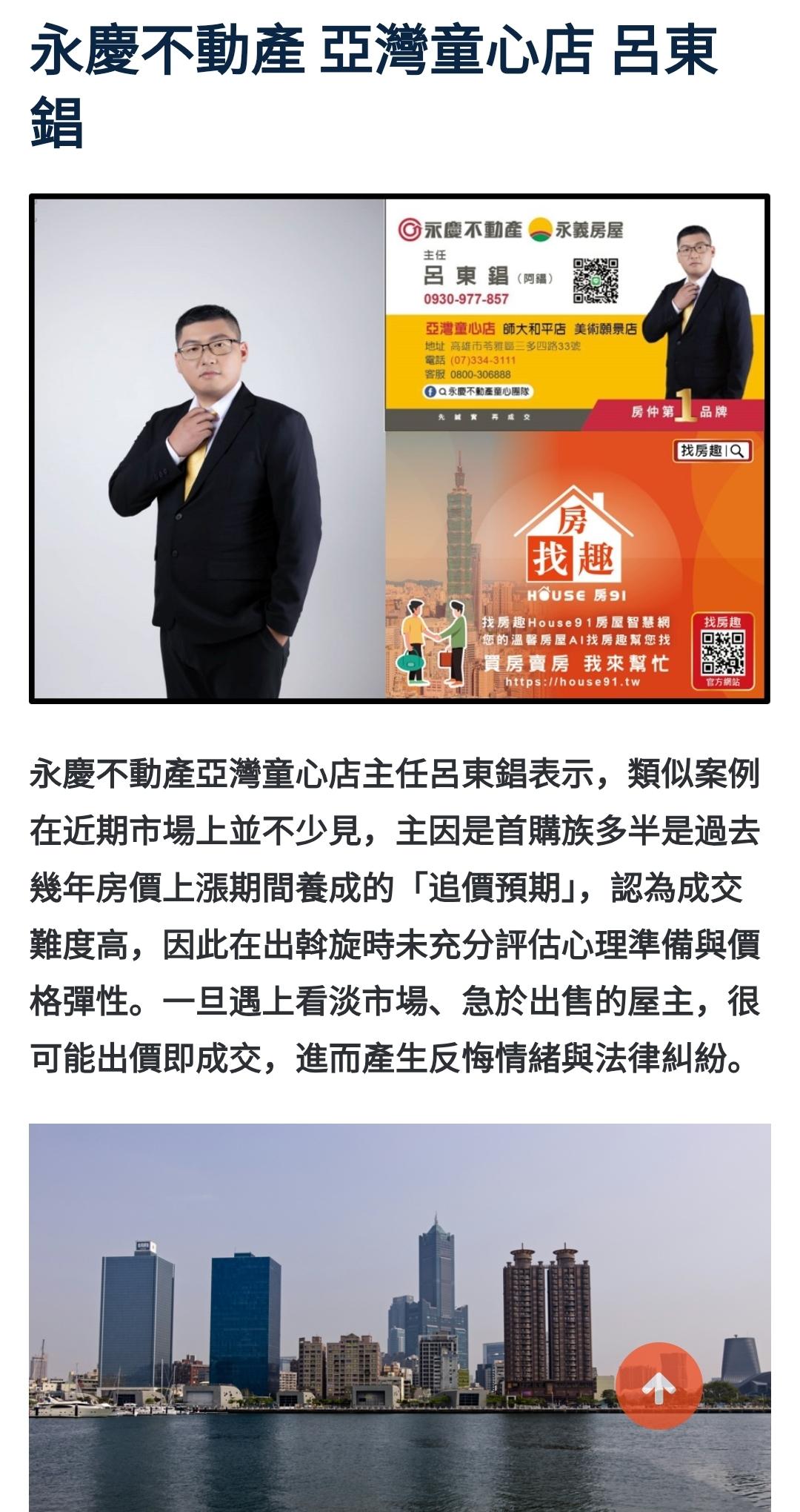Thailand Facing EV Price War After Flurry of Chinese Investment
Source :
https://evlife.sg/blog/thailand-facing-ev-price-war-after-flurry-of-chinese-investment
The arrival of Chinese carmakers and a surge in local production of electric vehicles (EVs) have upended the Thai auto sector.
It’s a case of “in with the new and out with the old,” which means Thai consumers could benefit from an extended EV price war (if they want an electric vehicle), but older carmakers that used to dominate the sector, such as Toyota and other Japanese companies, are facing tougher margins.
The domestic auto industry is already struggling with tumbling sales, industry experts have told Reuters.
Thailand is Southeast Asia’s largest EV market and sales of electric vehicles are forecast to jump 40% this year, exceeding 100,000 units and reversing a 8% drop in sales last year, Suroj Sangsnit, president of Electric Vehicle Association of Thailand (EVAT), said.
The expected surge in sales is largely because of a national incentive programme that requires local production of 1.5 vehicles for each imported vehicle between 2022 and 2023 for companies to qualify for tax breaks – and to avoid paying hefty penalties.
The program, which also includes price subsidies of up to 150,000 baht ($4,400), helped Southeast Asia’s second-largest economy become the region’s biggest EV market, which registered 70,000 new EVs last year. It imported about 84,000 EVs between 2022 and 2023.
Economy sluggish, auto exports also down
But it now threatens to intensify bruising price competition in a weak market where auto sales are slumping because of tight credit conditions and ballooning household debt, analysts said.
Great Wall Motor for January, dropped the price of its Ora Good Cat as much as 270,000 baht, while GAC AION lopped 166,000 baht off the price tag of its AION Y Plus. Both are Chinese companies.
“Price wars will be prolonged, aggressive, and more widespread,” said Siam Commercial Bank (SCB) Economic Intelligence Unit senior analyst Tita Phekanonth, adding that there also could be discounts for internal combustion engine vehicles.
Thailand, a major auto production hub in Asia, exports about 60% of locally manufactured vehicles.
The Board of Investment (BOI), which anchored the incentive programme, changed some of the rules in December – extending a battery production timeline and offering incentives for hybrids – to ease concerns of oversupply and a price war.
BOI chief Narit Therdsteerasukdi said that EV companies would start exporting this year as well, potentially easing oversupply.
“They are not restricted to right or left-hand drive either,” he said, pointing out that Chinese carmakers were producing both EV variants in Thailand.
“Other markets like Indonesia have also seen investment from (China’s) BYD and Neta,” said Hathaiwal Tungkaterakul, a senior researcher at Kasikornbank, and those companies’ EV exports compete with Thailand’s.
Thai auto production dropped for the 17th consecutive month in December because of weak demand at home and abroad. Vehicle exports fell 8.8% in 2024, while domestic sales plunged 26%, the lowest in 15 years.
Flurry of Chinese EV investment
Drawn by subsidies and tax incentives aimed at converting 30% of its annual auto production to EVs by 2030, Thailand, whose auto sector had long been dominated by Japanese firms, has seen a flurry of Chinese EV investment in recent years.
China’s BYD, Great Wall Motor and others have poured more than 102.7 billion baht ($3 billion) into the country, according to EVAT.
BYD, Great Wall Motor, Changan and GAC AION, which launched their facilities in Thailand last year, did not respond to a Reuters request for comment on their strategies ahead of potential EV price cuts.
Carmakers failing to meet the local production requirements could face up to 400,000 baht ($11,806) per car in penalties and fees, said EVAT’s Suroj, who is also the executive vice president of SAIC Motor-CP, a joint venture of China’s SAIC Motor and Thailand’s CP Group.
“It will be competitive,” said Suroj, adding that locally produced vehicles will only qualify for subsidies if they are sold this year, after which government support will cease.
BYD has already come under government scrutiny for deep discounts of up to 340,000 baht per EV. The biggest EV seller in the country was cleared of wrongdoing by a consumer watchdog last year.
Thailand Facing EV Price War After Flurry of Chinese Investment
Source : https://evlife.sg/blog/thailand-facing-ev-price-war-after-flurry-of-chinese-investment
The arrival of Chinese carmakers and a surge in local production of electric vehicles (EVs) have upended the Thai auto sector.
It’s a case of “in with the new and out with the old,” which means Thai consumers could benefit from an extended EV price war (if they want an electric vehicle), but older carmakers that used to dominate the sector, such as Toyota and other Japanese companies, are facing tougher margins.
The domestic auto industry is already struggling with tumbling sales, industry experts have told Reuters.
Thailand is Southeast Asia’s largest EV market and sales of electric vehicles are forecast to jump 40% this year, exceeding 100,000 units and reversing a 8% drop in sales last year, Suroj Sangsnit, president of Electric Vehicle Association of Thailand (EVAT), said.
The expected surge in sales is largely because of a national incentive programme that requires local production of 1.5 vehicles for each imported vehicle between 2022 and 2023 for companies to qualify for tax breaks – and to avoid paying hefty penalties.
The program, which also includes price subsidies of up to 150,000 baht ($4,400), helped Southeast Asia’s second-largest economy become the region’s biggest EV market, which registered 70,000 new EVs last year. It imported about 84,000 EVs between 2022 and 2023.
Economy sluggish, auto exports also down
But it now threatens to intensify bruising price competition in a weak market where auto sales are slumping because of tight credit conditions and ballooning household debt, analysts said.
Great Wall Motor for January, dropped the price of its Ora Good Cat as much as 270,000 baht, while GAC AION lopped 166,000 baht off the price tag of its AION Y Plus. Both are Chinese companies.
“Price wars will be prolonged, aggressive, and more widespread,” said Siam Commercial Bank (SCB) Economic Intelligence Unit senior analyst Tita Phekanonth, adding that there also could be discounts for internal combustion engine vehicles.
Thailand, a major auto production hub in Asia, exports about 60% of locally manufactured vehicles.
The Board of Investment (BOI), which anchored the incentive programme, changed some of the rules in December – extending a battery production timeline and offering incentives for hybrids – to ease concerns of oversupply and a price war.
BOI chief Narit Therdsteerasukdi said that EV companies would start exporting this year as well, potentially easing oversupply.
“They are not restricted to right or left-hand drive either,” he said, pointing out that Chinese carmakers were producing both EV variants in Thailand.
“Other markets like Indonesia have also seen investment from (China’s) BYD and Neta,” said Hathaiwal Tungkaterakul, a senior researcher at Kasikornbank, and those companies’ EV exports compete with Thailand’s.
Thai auto production dropped for the 17th consecutive month in December because of weak demand at home and abroad. Vehicle exports fell 8.8% in 2024, while domestic sales plunged 26%, the lowest in 15 years.
Flurry of Chinese EV investment
Drawn by subsidies and tax incentives aimed at converting 30% of its annual auto production to EVs by 2030, Thailand, whose auto sector had long been dominated by Japanese firms, has seen a flurry of Chinese EV investment in recent years.
China’s BYD, Great Wall Motor and others have poured more than 102.7 billion baht ($3 billion) into the country, according to EVAT.
BYD, Great Wall Motor, Changan and GAC AION, which launched their facilities in Thailand last year, did not respond to a Reuters request for comment on their strategies ahead of potential EV price cuts.
Carmakers failing to meet the local production requirements could face up to 400,000 baht ($11,806) per car in penalties and fees, said EVAT’s Suroj, who is also the executive vice president of SAIC Motor-CP, a joint venture of China’s SAIC Motor and Thailand’s CP Group.
“It will be competitive,” said Suroj, adding that locally produced vehicles will only qualify for subsidies if they are sold this year, after which government support will cease.
BYD has already come under government scrutiny for deep discounts of up to 340,000 baht per EV. The biggest EV seller in the country was cleared of wrongdoing by a consumer watchdog last year.




